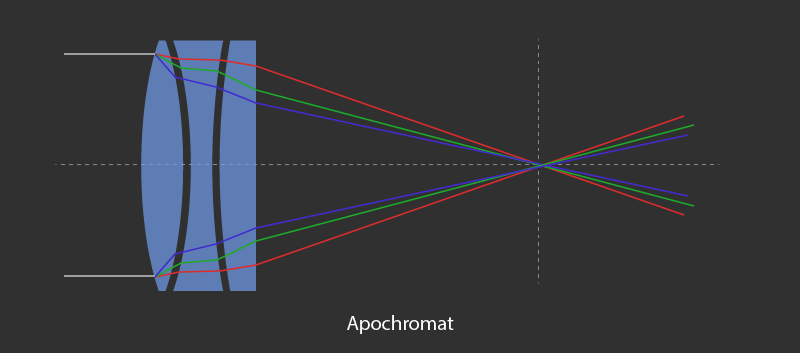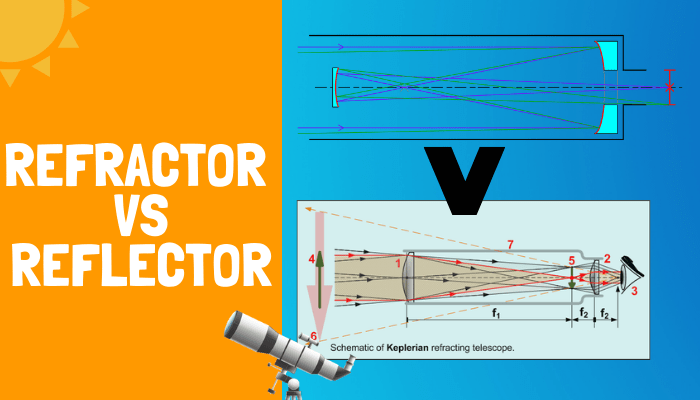

They bounce the image back towards the eyepiece rather than passing it straight through.īecause reflectors use mirrors to reflect the light, rather than refract it through a lens, reflectors are generally more useful when needing to drink in more light from dark skies. In effect, reflecting telescopes use a large reflecting mirror instead of the large objective lens of a refracting telescope. They have an open end and utilize a mirror at the base of the tube to reflect light to a secondary mirror before reflecting toward the eyepiece for viewing. Reflector telescopes (some types are also known as Newtonians) are, generally, wider and fatter than reflectors. Long, thin tubes with glass at either end often encased in metal or a composite plastic, refractors work in the same way as camera lenses by refracting (bending) the light until focus is achieved inside the telescope and is then resolved through an eyepiece through which the user looks.Īlthough long in construction due to the physical way it manipulates the light entering the tube, a refractor telescope is often lightweight and inexpensive options make good telescopes for hobbyist astronomers. Refractor telescopes are probably the most recognisable to the general public. And if you want to dive down into more detail, we also have guides to the best telescopes for astrophotography, the best lenses for astrophotography and the best binoculars.

In fact, there are two distinct categories that telescopes fall under, and some sub-categories within these: refractors and reflectors.Įach type of telescope has its own benefits and drawbacks so let’s take a look at what they are and which telescope you should buy for your particular purposes.

Telescopes are specialist optical instruments that have been around for over 400 years and are useful for many applications including seafaring, military operations and especially stargazing.


 0 kommentar(er)
0 kommentar(er)
